10 Benefits Of Buying Domestically Manufactured PET Boxes vs. China Sourcing

1. Managing long-distance often means a complex supply chain
Importing problems include delays in shipping containers, delays at the port, and unanticipated duties. If a problem does arise, replacing your long-awaited packaging can be a daunting affair potentially causing lost or delayed sales of your product.
2. Shorter Lead Time
It’s difficult to get shipping containers currently. Lead times for empty containers are running around 30 days, just to get a container available to put your goods in. This makes shipments from Asia even more difficult to arrange.
Sourcing domestically is much faster and less expensive than shipping from international suppliers. Trucking shippers can be leveraged but ocean carriers will be inflexible in terms of costs and time frames.
Shorter lead times increases customers satisfaction. To satisfy the customer’s expectations of short lead times, companies using distant suppliers in China must keep a huge inventory. During Covid times with very high supplier demand, not only is this risky financially, but impossible to keep such a large inventory. This also requires an increase in the cost of storage space.
3. Lower end costs during pack out
When buying PET cartons from China, they often come with a peel-off protective film which isn’t efficient and adds unnecessary waste. The extra plastic film is to help avoid scuffing of the clear boxes during the long vibration prone journey from Asian manufacturing facilities. This film needs to be peeled off and adds significantly to the labor cost during pack out.
4. Buying domestically builds consumer confidence
Customers prefer locally sourced products because they are more confident in domestic quality. When consumers buy with confidence, trust is gained and there is an increase in brand awareness and loyalty. For example, labels reminding consumers to “buy American” promote this idea. Consumers in North America have a lower opinion of products made in China.
5. Buying domestically provides better production and quality control
In the same time zone, you can have better and timely communication. Problems are solved faster. Deadlines and quality requirements are better met.
There is a delicate balance between maintaining low cost and achieving high quality and consumer satisfaction. Whenever you try to drive down the price by importing from places like China, there can be repercussions on quality. For example, if you are ordering PET packaging, make sure that you specify the exact thickness of the material, and the exact die line. You may get thinner material and that can make the structure of a package flimsy and imply poor quality.
6. Buying domestically is simple compared to foreign tax structures, political climates, and costs for importing
Even though imported goods can in some cases be less expensive than domestic goods, there are some additional costs associated with bringing goods from China. Besides transportation costs, you may have to pay,
- Warehouse fees
- Inspection fees
- Port entry fees
- Customs brokers fees
- Agent fees
- Import Duties
7. Buying domestically is better for the local economy
When buying PET cartons here in North America, the money stays in the community.
The domestic workers that are manufacturing the PET carton, are the same neighbors that are buying your product.
It’s better for the environment because transportation contributes to environmental contamination such as polluting our oceans with large shipping vessels.
8. Buying domestically promotes better, more ethical working conditions
Domestic manufactures provide a higher standard of health and safety over production facilities. Safety of workers is better controlled. Countries where production is outsourced often do not have the same health and safety regulations as in North America. Questionable practices that can be related back to an organization’s product can have a negative effect on a company’s brand and reputation.
9. Buying domestically reduces the cost of deliveries
While it may at first appear that using manufacturing facilities abroad means saving costs, the logistics costs involved with shipping products or materials around the world have increased drastically over the last 18 months. Port congestion and delays also continue to increase, recently resulting in special fee assessments in some ports. Sea container shipping cost has increased as much as 10 fold in some cases, making the freight a much bigger part of the final cost of your clear box packaging.
High consumer demand and still-lagging inventory levels suggest no let up is coming anytime soon.
10. Buying made in America clear folding boxes is better for the environment
There is a significant environmental footprint associated with shipping packaging all the way across the ocean. In addition to this, Environmental and pollution manufacturing standards in North America are typically much more stringent and monitored than in China. Shipping also contributes to climate change through emissions of Black Carbon, tiny black particles, produced by combustion of marine fuel. The highest amounts of black carbon particles are produced by ships burning heavy fuel oil. The average container ship holds between 1.5MM and 2MM gallons of bunker fuel and will burn 50K-60K gallons of this heavy fuel oil per day. Given that shipping goods from China to NA requires on average 20 days sailing these cargo ships typically burn up to a 1MM gallons of fuel oil per voyage. Currently there are no regulations controlling black carbon emissions from shipping.
Compounding the problem is record high trade imbalance with China, which has caused polluting ships to sail back to China empty.
According to The Essential Daily Briefing: “It has been estimated that just one of these container ships, the length of around six football pitches, can produce the same amount of pollution as 50 million cars. The emissions from 15 of these mega-ships match those from all the cars in the world.

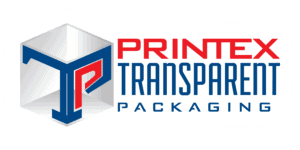
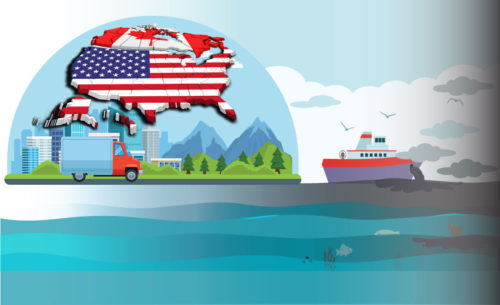
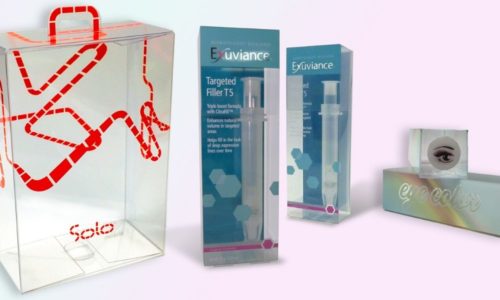 There are numerous plastic materials used to produce packaging, but
There are numerous plastic materials used to produce packaging, but 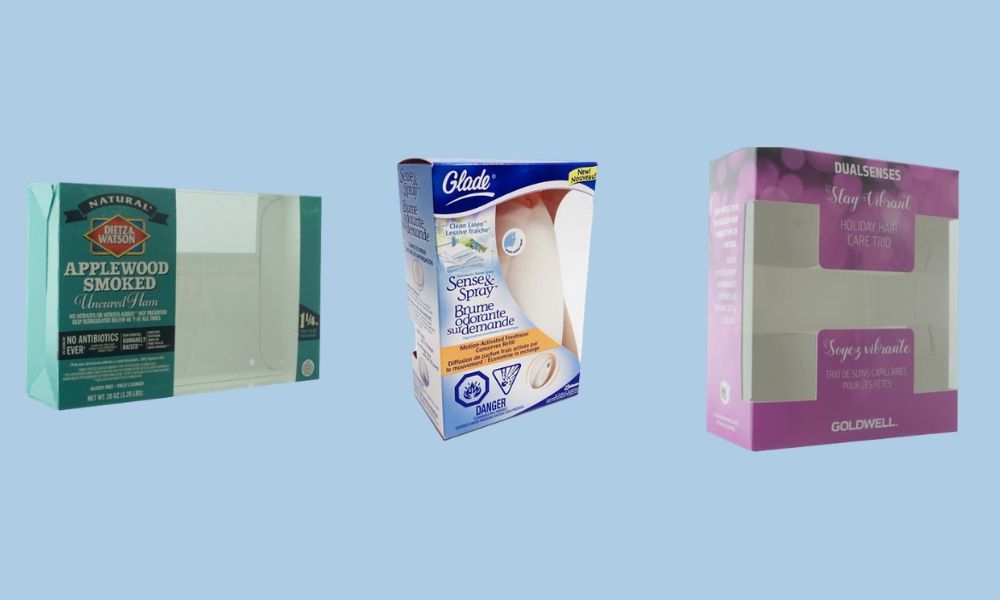
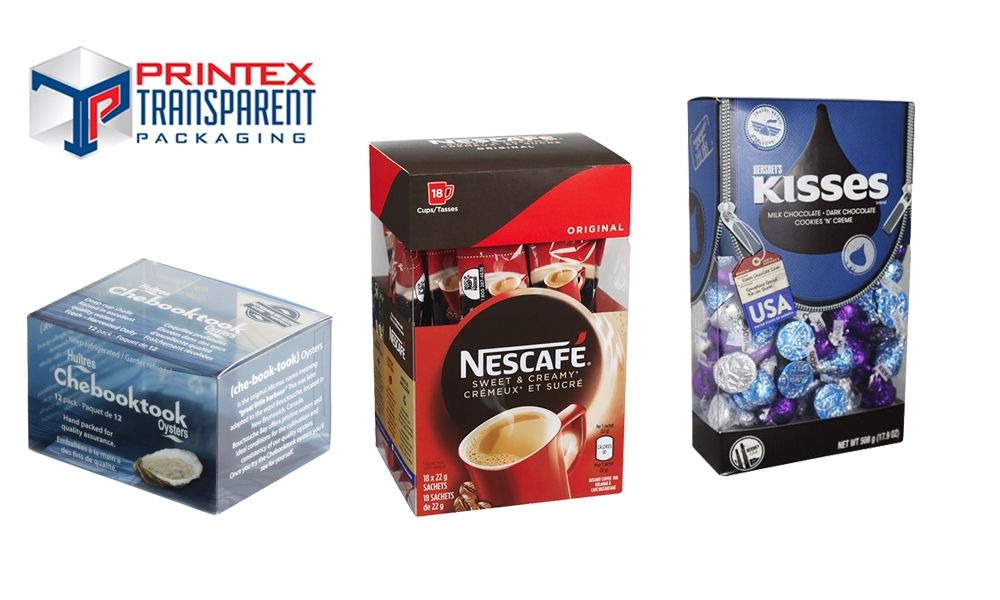 High-quality product packaging is important in every industry. However, it’s perhaps the most important in the food industry. Manufacturers must ensure that their food products are kept safe and free of contamination at all stages in their journey from manufacturing facility to retail shelf. The packaging must be equal parts durable and eye-catching, as it also must serve as in-store marketing for the product itself. This guide explores the importance of
High-quality product packaging is important in every industry. However, it’s perhaps the most important in the food industry. Manufacturers must ensure that their food products are kept safe and free of contamination at all stages in their journey from manufacturing facility to retail shelf. The packaging must be equal parts durable and eye-catching, as it also must serve as in-store marketing for the product itself. This guide explores the importance of 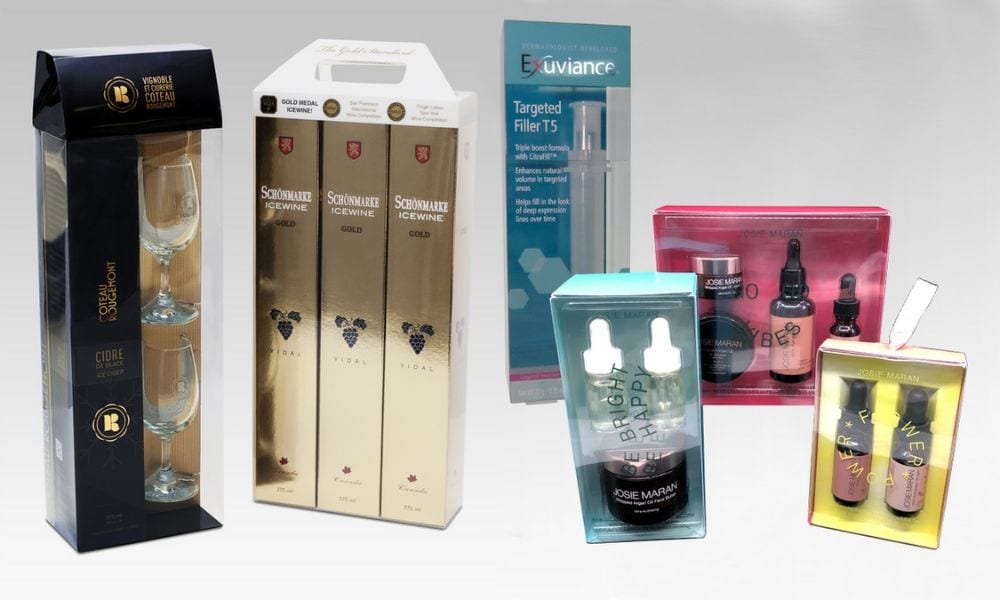
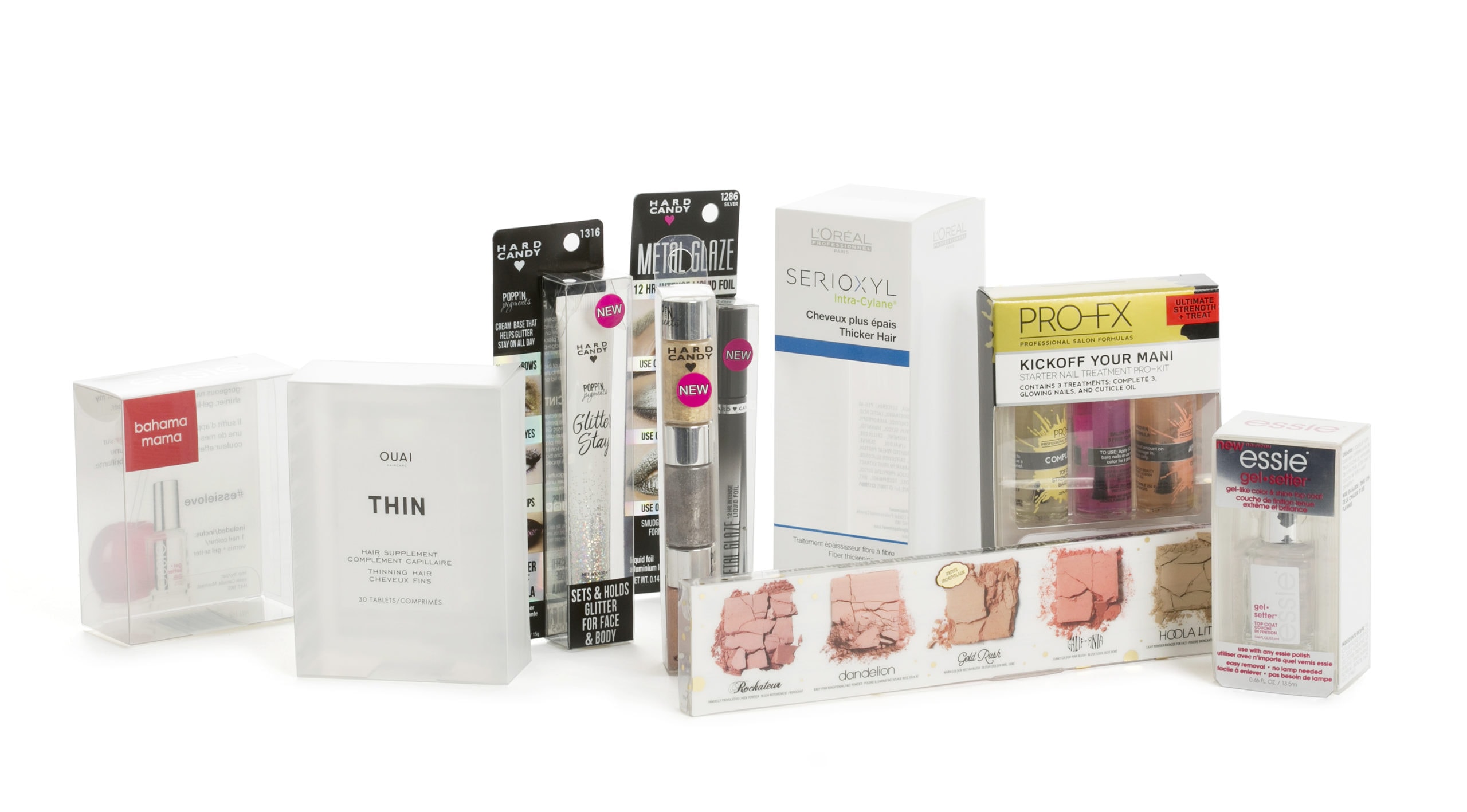 Image is everything when it comes to cosmetics. The beauty industry excels in creating products that allow consumers to look and feel their best. The allure of this industry lies not only in the product itself but also in the packaging of said product. It’s no secret that product packaging can have a significant impact on the overall success of a product, but that impact is magnified when it comes to cosmetic products. Consumers want their cosmetic products to look good on both the inside and the outside, and product packaging plays a large part in this. This brief overview explores the importance of product packaging in the cosmetic industry and the various ways packaging can influence consumer purchasing patterns of
Image is everything when it comes to cosmetics. The beauty industry excels in creating products that allow consumers to look and feel their best. The allure of this industry lies not only in the product itself but also in the packaging of said product. It’s no secret that product packaging can have a significant impact on the overall success of a product, but that impact is magnified when it comes to cosmetic products. Consumers want their cosmetic products to look good on both the inside and the outside, and product packaging plays a large part in this. This brief overview explores the importance of product packaging in the cosmetic industry and the various ways packaging can influence consumer purchasing patterns of  Market research plays a critical role in the development of a company’s business and marketing strategy. It can provide invaluable information regarding current market trends, as well as the unique wants and needs of a business’s individual consumer base. Market research can be beneficial in many different facets of business, including the design of products and product packaging. Market research allows companies a more complete understanding of consumer desires and the effect that specific product packaging has on purchasing patterns and preferences. There are many different means for gathering this data, each with its own set of advantages. This guide to some of the most common research methods for product packaging design will help you choose the means that best suit your business.
Market research plays a critical role in the development of a company’s business and marketing strategy. It can provide invaluable information regarding current market trends, as well as the unique wants and needs of a business’s individual consumer base. Market research can be beneficial in many different facets of business, including the design of products and product packaging. Market research allows companies a more complete understanding of consumer desires and the effect that specific product packaging has on purchasing patterns and preferences. There are many different means for gathering this data, each with its own set of advantages. This guide to some of the most common research methods for product packaging design will help you choose the means that best suit your business.
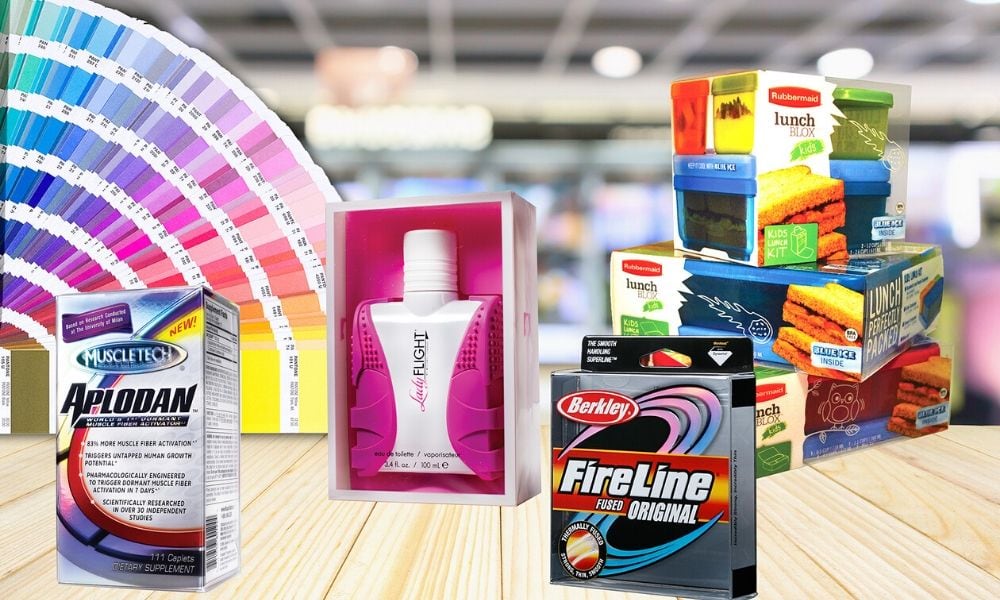 When it comes to designing any product, there are many elements you need to take into consideration. Even seemingly small factors can have a large impact on consumer buying patterns, company image, and overall brand loyalty. Color is one such factor that may seem inconsequential at first glance but can actually have a large impact on consumer purchasing patterns. This guide to choosing the right colors for your product packaging will help you better understand the effect color can have on consumer preferences and purchasing patterns.
When it comes to designing any product, there are many elements you need to take into consideration. Even seemingly small factors can have a large impact on consumer buying patterns, company image, and overall brand loyalty. Color is one such factor that may seem inconsequential at first glance but can actually have a large impact on consumer purchasing patterns. This guide to choosing the right colors for your product packaging will help you better understand the effect color can have on consumer preferences and purchasing patterns.
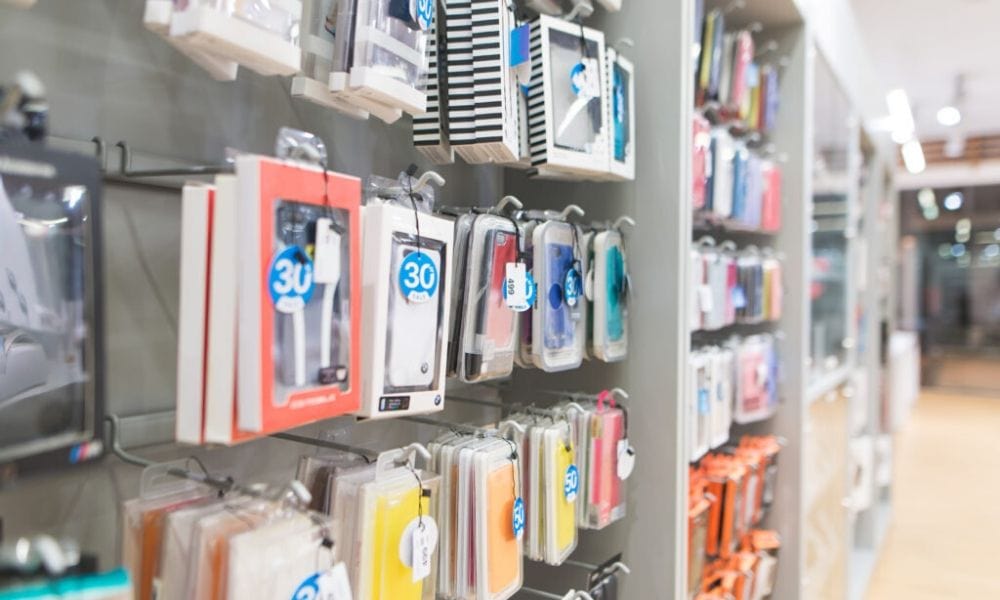 Product packaging often comes as a second thought to the design of the product itself. However, packaging can actually have a large impact on the overall success of the product. To achieve the highest success rate possible, the product packaging should complement and accentuate the product itself. Taking into account the following considerations for designing product packaging will enable you to create a more effective and eye-catching display for your products.
Product packaging often comes as a second thought to the design of the product itself. However, packaging can actually have a large impact on the overall success of the product. To achieve the highest success rate possible, the product packaging should complement and accentuate the product itself. Taking into account the following considerations for designing product packaging will enable you to create a more effective and eye-catching display for your products.
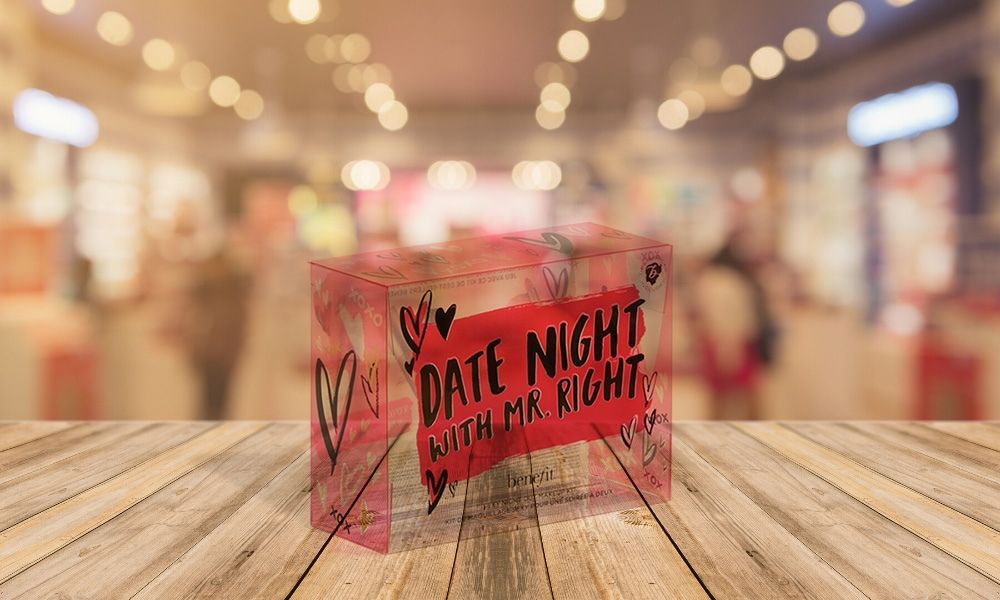 Attention to detail is crucial to the design of any product. As product packaging is an extension of the product itself, it’s important to carefully consider all design aspects—including the packaging materials. This quick guide will help you understand how to choose product packaging materials that match your brand as well as the product itself.
Attention to detail is crucial to the design of any product. As product packaging is an extension of the product itself, it’s important to carefully consider all design aspects—including the packaging materials. This quick guide will help you understand how to choose product packaging materials that match your brand as well as the product itself.